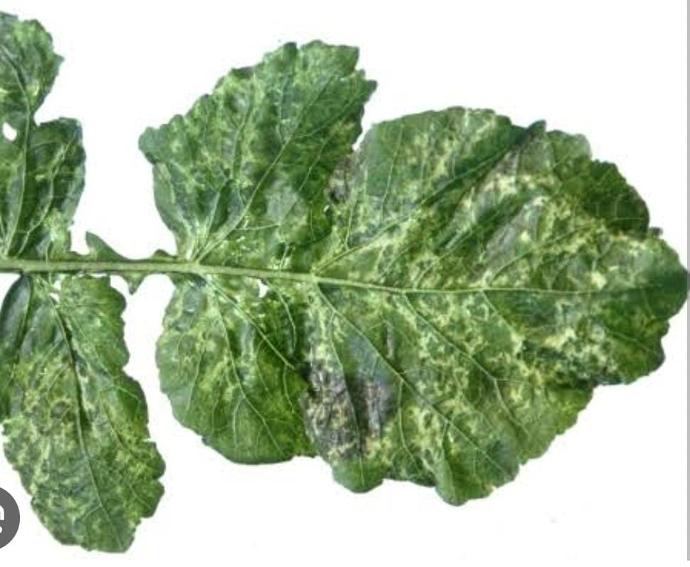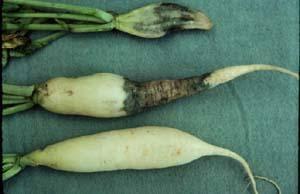Daikon Radish Plant
Daikon radish, an annual, requires well-drained, sandy-loam soil and full sun. It's frost-tolerant and has fast growth.
Habit
Annual
Height
20 to 60 cm
Growth
Fast
Soil
Well Drained, Sandy Loam
Shade
Full Sun
Moisture
Moist
Edible
Yes
Medicinal
No
Origin
Southeast asia
Climatic Condition
Cool, temperate
Temperature (°)
10 to 25
Humidity (%)
50 to 70
Potting media
Loamy soil mix
Fertilizers
High potassium, nitrogen
Watering
Regular watering
Plant Weight
300 to 700 g
Flowering Time
45 to 60 days after planting
Soil Ph level
6.0 to 7.5
Water Ph level
6.5 to 7.0
Soil EC
0.5 to 1.5
Yield Per Plant
4 to 6 kg per plant
NPK ratio
10:10:10
life Span
Annual
Health Benefits
High in fiber, aids digestion, detoxifying properties, boosts immunity.
Suggested Grow Media or Potting Mix ?
50% loamy soil, 30% compost, 20% sand
Suggested Fertigation/Fertilizers
Fertilize every 2-3 weeks with a balanced fertilizer.
Common Diseases and Remedies
root rot,raddish mosaic virus.
detoriation of pith tissue, small circular to irregular chlorotic lesions.
Improving soil drainage, pruning.
HEALTH BENEFITS
- Aids Digestion: High in enzymes that break down fats and carbohydrates.
- Detoxifying: Helps cleanse the liver and kidneys.
- Supports Weight Loss: Low in calories and high in fiber.
What Is An Daikon radish Tree?
Radish is a common ingredient in Asian cuisine, used in soups and dishes. It can be eaten raw or cooked, with different viscosity and flavor depending on the cooking method. Radishes are low in calories, rich in vitamin C, and are powerful antioxidants. It looks similar to horseradish, but has a mild peppery taste.
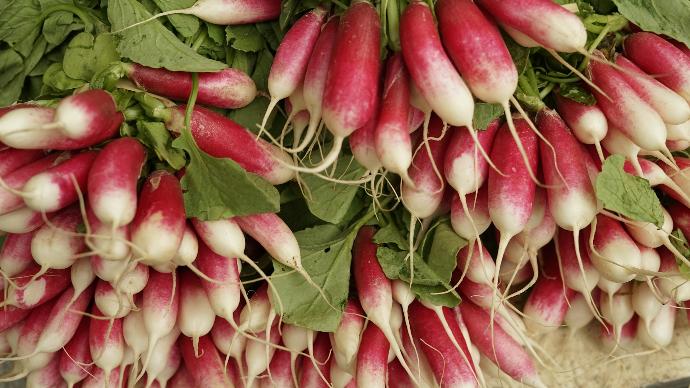
What Are The Different Types Of Daikon Radish Plants?
1. Cherry Bell
A common red radish variety with bright red skin and a slightly spicy flavor.
2. Purple Radish
The most commonly grown radish variety, also available in red, pink, and black.
3. White Icicle
A type of radish root vegetable with a pepper-like spiciness. It is long and slim in appearance, resembling a mini radish.
4. French Breakfast
A radish created in France in 1879.
5. Korean radish
A small and voluminous radish made from a smaller radish.
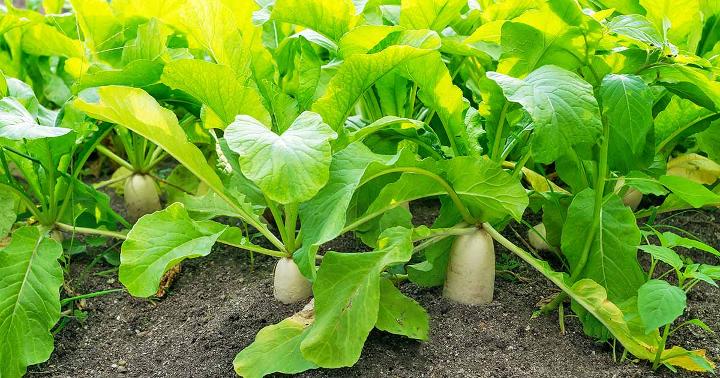
How to care for Daikon Radish Plants ?
1. Location
Radishes grow best in cool weather with temperatures between 50 and 65 degrees Fahrenheit. They cannot tolerate winter temperatures below 20°C for several nights in a row.
2. Sunlight
Radishes require full sun to partial shade.
3. Hydration
Water radish 2-3 times a week. Check the soil every few days to make sure it's moist. To check, stick your finger into the soil about 1 inch deep.
4. soil
Radishes grow in well-drained soil. Seeds can be sown directly into the ground to ensure proper depth, spacing, and moisture.
5. Nutrition
Radishes do not require much fertilizer, especially during the cold season. If you plant radish in improved soil, no additional help is required. Once the plants are established and mid-season, you can apply compost tea fertilizer.
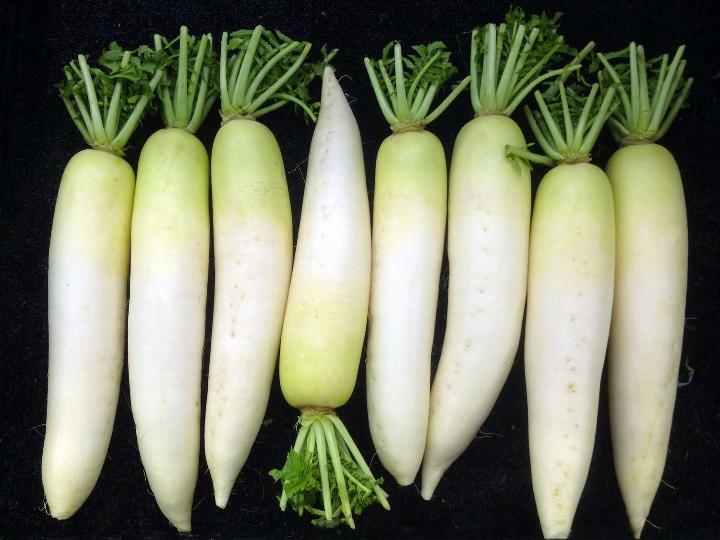
6.Issues
Alternaria blight: A disease that causes premature leaf death and can cause rot during storage and transportation. Root cracking: Fungal diseases can cause root cracking.
What are the Benefits of Daikon Radish Plants ?
Antioxidants: Radishes contain antioxidant phenolic compounds that can help prevent or fight cancer, especially stomach cancer. It also contains sulforaphane, which research has shown to be effective against breast, colon, prostate, and ovarian cancers. Potassium: Radish leaves are rich in potassium, which helps lower blood pressure.
FAQs About Growing Daikon Radish
1.How do I store daikon radishes?
A fresh, uncut daikon radish can last for two weeks to a month in the fridge. Once cut, it's best to use it up within about a week. Daikon radishes can also be frozen for up to six months.
2.Can I eat daikon radishes raw or cooked?
Daikon radishes can be eaten raw or cooked. They are crisp when raw and soften as they cook, similar to a potato. When cooked, they are sweet and tender.
3.What is a fact about daikon radish?
Heavy and dense, some varieties reach up to 2 feet in length. Hence, the name “daikon,” which means “large root” in Japanese.
4.Is daikon seasonal?
Seasons/AvailabilityDaikon radishes are available year-round, with a peak season in the fall through winter.
5.What is daikon called in Indian?
Mooli (it's Indian name) is also known as daikon or Chinese radish, and widely used in Asian cooking.
